CHEMIGATION
Nebraska law requires anyone who chemigates (applies fertilizer or other agricultural chemicals through an irrigation system) to follow several regulations.
Obtain Certification
Certification is granted by the Department of Environment and Energy after the applicant attends an educational course sponsored by the UNL Extension Office. Contact the NRD or UNL Extension for course dates and times.
Obtain a Chemigation Permit
Anybody who chemigates also must have a chemigation permit to indicate that the chemigation system includes devices to protect groundwater from chemical spills and prevent personal injury. Natural resources districts issue these permits, which are good for one year. To apply for a permit, contact the South Platte NRD or Download this pdf form.
Permit Fees
New Permits - $60 per injection site
Renewal Permits - $25 per injection site. Permits approved at any time during the calendar year expire on June 1st of the following year. Renewal applications and fees must be received by June 1st.
Emergency Permits - $250 per injection site
Emergency permits will be automatically granted if the NRD does not respond to an inspection request within 48 hours. These permits are only valid for 45 days.
Special Permits - $100 per injection site
Special permits may be granted to irrigation systems that don’t need all of the required safety equipment. These permits must be reviewed by the Nebraska Department of Environment and Energy.
Required Equipment
The Nebraska Department of Environmental Quality requires that all irrigation systems must be equipped with the following before a chemigation permit can be approved:
Irrigation pipeline check valve - located in the pipeline between the irrigation pump and the point of chemical injection into the pipeline. It must provide a watertight seal against reverse flow. All check valves installed after Jan. 1, 1988 shall be of a certified model.
Vacuum relief valve - located on the pipeline between the irrigation pump and the irrigation pipeline check valve.
Inspection port - located on the pipeline between the irrigation pump and the irrigation pipeline check valve. It shall be situated in such a manner that the inlet to the low pressure drain can be observed. Often the vacuum relief valve connection can serve as the inspection port. A minimum of a four-inch-diameter orifice or viewing area is required for systems that didn't have an existing port or device prior to Jan. 1, 1988.
Low pressure drain - located on the bottom of the pipe between the irrigation pump and the irrigation pipeline check valve. It shall have an orifice of at least 3/4 of an inch diameter and shall not extend into the horizontal pipe beyond the inside surface of the bottom of the pipe. A hose shall be used to drain any solution at least 20 feet away from the irrigation water source.
Chemical injector check valve - located between the point of chemical injection into the irrigation pipe and the chemical injection pump. It shall have a minimum cracking pressure of 10 pounds per square inch. For water-driven injection pumps, an alternative to the minimum opening pressure is a vacuum relief valve located in the injection line.
Simultaneous interlock device - the irrigation pump and the chemical injection pump shall be interlocked so that if the pumping plant stops, the injection pump will also stop.
Any accidents must be reported to the NRD within 24 hours of the incident. The district's telephone number is (308) 254-2377. Office hours are 8 a.m.-5 p.m. weekdays. After normal working hours, contact the Nebraska State Patrol at (402) 471-4545.

